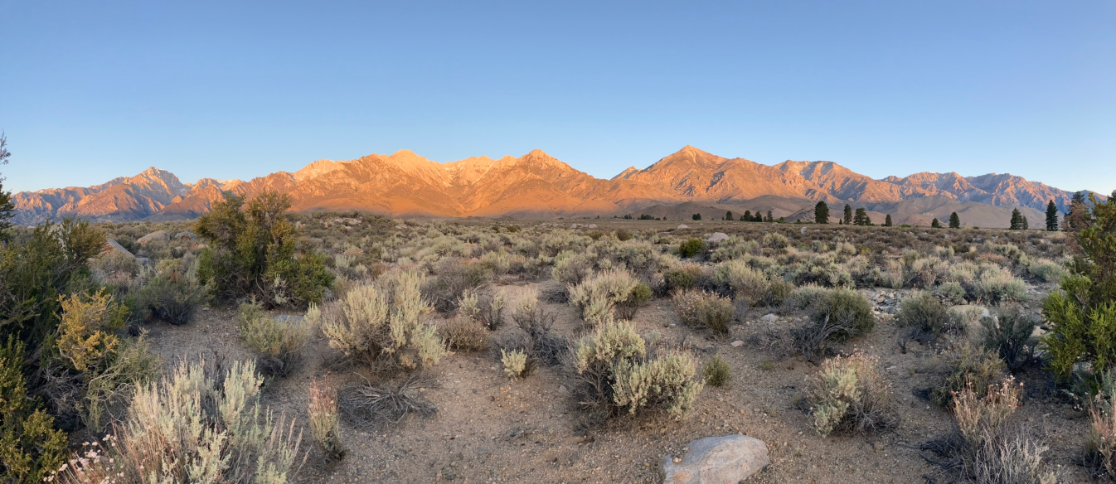Field Readable Birds
/Inspired by a recent conversation with David Craig, Professor of Biology at Willamette University, I want to share some great ways to take your birding and citizen science to the next step. In our ever more connected world, you can learn a lot about a bird’s private business (its own soap opera, as Dave calls it) when you find one with field readable tag. Check out road kills, window collisions, and live birds you see through your binoculars to get involved. If they have any markers on them that are clearly the result of someone putting them there, you are in business. In Dave’s Tedx talk, linked below, you can learn how you can become part of the community of followers of that bird.
For instance, here are some photos I took within the last week of almost-field-readable birds in my backyard. You can clearly see the standard FWS aluminum band on their legs. But even with the sharpest eyes, you can’t read the number on those bands because they wrap around the leg. The reason I call them almost-field-readable is that I am 97.2% certain that we at GBBO banded these birds almost exactly a year ago during banding training at this very location. I didn’t see them through spring, summer, and fall, but here they were when winter arrived. It would be close to a miracle if these birds had been banded by anyone but us, and we can’t wait until the ambient temperatures are high enough to put up mistnets to confirm that they are “ours”. All three sparrows, Golden-crowned, White-crowned, and Song, only occur in winter at this location, so if we confirm that these are the same birds that we banded last winter, they might not just have high site fidelity for their breeding sites (as is known from summer banding studies), but also perhaps for their favorite wintering spots. More data needed (note to GBBO staff: more winter banding!).
To learn more about field readable birds, check out DavidCraig’s Tedx Salem “Bird Nerds Unite” talk, as well as the Flickr group“Birds with Field Readable Markers”, the Animal Tracker App website, and make sure to report all native birds with readable aluminum or color bands to the USGS Bird Banding Lab, who keeps official track of all marked birds in the United States.
- Elisabeth




